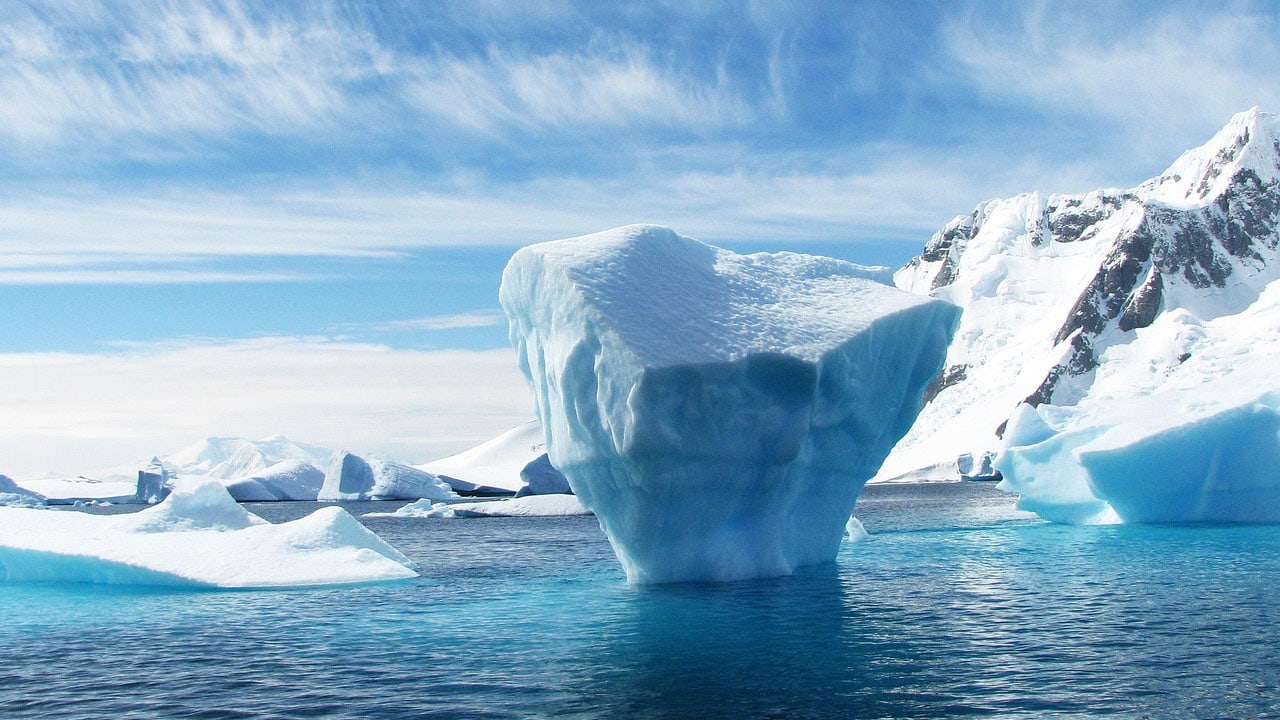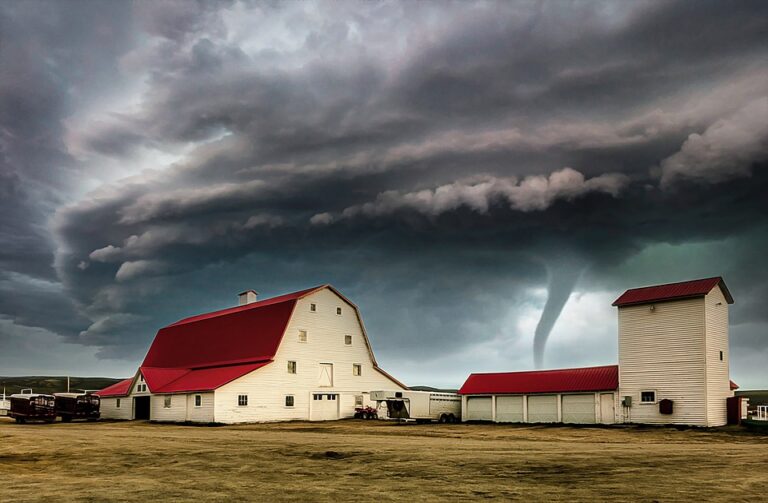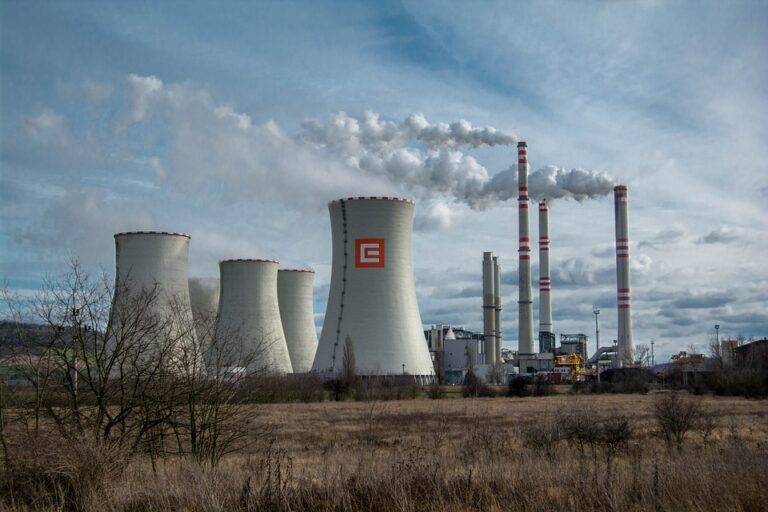Global Warming Effects on Weather

Global warming, a term that has become increasingly familiar over the past few decades, refers to the long-term rise in Earth’s average surface temperature due to human activities, primarily the emission of greenhouse gases. The effects of global warming are pervasive, influencing various aspects of our planet’s systems, particularly the weather.
From unseasonal rains to intensifying heatwaves, global warming is reshaping the weather patterns across the globe.
The Science Behind Global Warming
To understand the effects of global warming on weather, it is crucial to first comprehend the science driving these changes. The Earth’s climate system is influenced by a delicate balance of energy from the sun, which is either absorbed or reflected back into space.
Greenhouse gases, such as carbon dioxide (CO2), methane (CH4), and nitrous oxide (N2O), trap heat in the atmosphere, preventing it from escaping. This natural greenhouse effect is vital for maintaining a habitable climate.
However, human activities, such as burning fossil fuels, deforestation, and industrial processes, have significantly increased the concentration of these gases, enhancing the greenhouse effect and leading to global warming.
Impact on Temperature and Heatwaves
One of the most direct effects of global warming is the increase in global temperatures. According to NASA, the planet’s average surface temperature has risen by about 1.18 degrees Celsius since the late 19th century.
This seemingly small increase has profound effects on weather patterns, particularly the frequency and intensity of heatwaves.
Heatwaves, prolonged periods of excessive heat often accompanied by high humidity, are becoming more common and severe. For instance, Europe has experienced several record-breaking heatwaves in recent years, causing widespread discomfort and health issues.
The increased frequency of heatwaves can lead to severe droughts, affecting water supply, agriculture, and ecosystems.
Case Study: The 2021 Pacific Northwest Heatwave
In 2021, the Pacific Northwest of the United States and Canada experienced an unprecedented heatwave, with temperatures soaring past 40 degrees Celsius in regions unaccustomed to such heat.
This event highlighted the growing impact of global warming on weather, with experts attributing its severity to climate change.
Shifts in Precipitation Patterns
Global warming is also causing significant shifts in precipitation patterns. Warmer temperatures increase the evaporation rate, leading to more moisture in the atmosphere. This change can result in both increased rainfall and more intense storms in some regions while causing droughts in others.
Increased Rainfall and Flooding
Regions that traditionally receive ample rainfall may experience even heavier downpours, leading to flooding.
For example, parts of South Asia and Southeast Asia have witnessed more intense monsoon seasons, resulting in devastating floods that displace millions and cause extensive damage to infrastructure and agriculture.
Drought Conditions
Conversely, areas that are already arid may become drier, exacerbating drought conditions.
The American Southwest is a prime example, where prolonged droughts have strained water resources, impacting agriculture and leading to severe wildfires.
Extreme Weather Events
Global warming is linked to an increase in the frequency and intensity of extreme weather events. Hurricanes, tornadoes, and storms are influenced by warmer ocean temperatures and atmospheric changes, which can amplify their destructive power.
Hurricanes and Cyclones
Warmer ocean waters provide more energy for hurricanes and cyclones, potentially increasing their intensity.
Hurricane Harvey in 2017 serves as a stark reminder of this phenomenon, with unprecedented rainfall and flooding in Texas attributed to the storm’s enhanced intensity due to warmer sea surface temperatures.
Tornado Activity
While the link between tornadoes and global warming is complex and less direct, some studies suggest that changing weather patterns could influence tornado activity. Warmer temperatures might lead to shifts in the conditions that spawn tornadoes, potentially affecting their frequency and distribution.
Impact on Seasonal Weather Patterns
Global warming is also altering traditional seasonal weather patterns. Winters are becoming milder, and the duration of seasons is shifting, with implications for ecosystems and human activities.
Shorter Winters
In many regions, winters are becoming shorter and less severe. This change affects not only human activities, such as winter sports and agriculture, but also natural ecosystems, disrupting migration patterns and hibernation cycles for various species.
Extended Summer Seasons
Conversely, summers are becoming longer and hotter. This extension impacts human health, energy consumption, and agriculture. For instance, prolonged heat can lead to increased energy demand for cooling and stress on power grids.
Conclusion: The Need for Action
The effects of global warming on weather are evident and far-reaching, impacting every corner of the globe. From intensifying heatwaves and shifting precipitation patterns to more extreme weather events and altered seasons, these changes present significant challenges for societies and ecosystems.
While the scientific community continues to study these effects, it is imperative for nations to take decisive action. Reducing greenhouse gas emissions, investing in renewable energy, and implementing adaptation strategies are crucial steps in mitigating the impacts of global warming on weather.
Global warming is not a distant threat; it is a present reality that demands our attention and action. By understanding its effects on weather, we can better prepare for the challenges ahead and work toward a more sustainable future.






